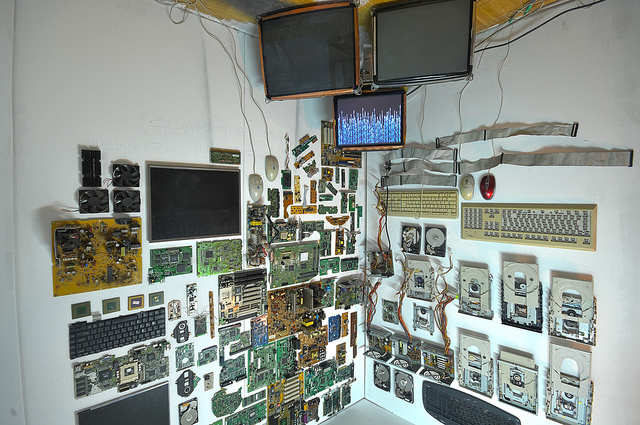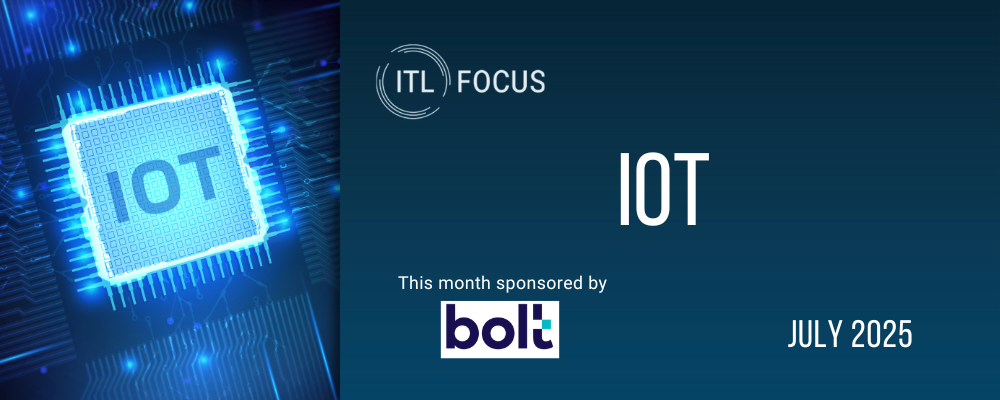To put the impact of the Internet of Things (IoT) into context, consider industry estimates: By 2020, there will be 8 billion people on earth and 50 billion connected things, with 5 million apps; that means nearly six connected things per person. By 2035, there will be 1 trillion connected things, with 100 million apps. That is powerful!
The IoT is so much more than a cool, emerging technology. And it can do so much more than change a process in the business value chain. The IoT is transformative … because it is about fundamentally changing business and revenue models.
Companies that are focused on using IoT only in selected areas of the existing insurance value chain will miss one of their biggest opportunities to reimagine the business of insurance. They will put their companies at risk. Why? Because other companies and industries are thinking bigger and including new services and integrated offerings that are made possible by the IoT. Their transformations will potentially change every aspect of insurance.
The Internet of Things is rapidly transforming standalone products into complex business solutions that combine or integrate sensors, software, analytics, processors and digital user interfaces into the product, all connected to the Internet. The IoT creates the opportunity to reimagine a product, taking it from what it was to what it could be, redefining the customer experience by providing real-time information, alerts, services and much more. In so doing, the IoT counters the rapid commoditization of products – new products can include integrated, valuable services.
As an example, one company that manufactures a “commoditized product” embedded sensors, at the company’s expense. At the time, 100% of the revenue was from selling the product. Today, the company has built services, both independently and with an ecosystem of partners, that use and analyze the data from the product. The result: The product is seen as more valuable; the company is experiencing market-share and revenue growth; the business model is now both manufacturer and service provider; and more than 80% of customers purchase services along with the product. The company's service revenue is now more than 50% of overall revenue. And this was all done in just three years!
For insurance, the first foray into the IoT was in telematics, but insurers did so within the historic context of how the insurance product was defined, designed and priced. The added dimension of pricing for miles
actually driven differentiated the pay-as-you-drive (PAYD) product. The majority of insurers have followed this approach, missing the bigger and transformational opportunity with IoT!
The IoT, whether using telematics or other sensors, has the potential to deliver a plethora of new services that can be purchased by customers, changing the definition of a product and flipping the business and revenue model. Products can go from being risk-protection products to risk-prevention products with embedded services that also provide protection.
Our inability as an industry to reimagine our businesses, our products, our services and our entire revenue model is why we will be competitively challenged by other industries … because they already are disrupting historical assumptions and business models.
Industries and companies outside of insurance are embracing the IoT at a rapid pace: automotive, manufacturing, retail, communications, healthcare, banking, agriculture, transportation, consumer products, food production and more. These companies are transforming their business and revenue models through new, smart, connected products with embedded IoT sensors that are merging products and services into a new product with new capabilities that redefine the value proposition. These companies are creating profound and personalized customer experiences that strengthen and deepen customer relationships, attract and draw customer loyalties, divert and capture revenue and more.
Examples from other industries, and the resulting transformation and innovation of business and revenue models, emphasizes the power and potential of IoT in a number of dimensions:
- The connectivity of the devices with applications, analytics and services enables healthier, safer and more efficient, effective and enjoyable experiences for businesses and individuals.
- IoT allows new business models that put the customer in control, enabling personalization of the products and services.
- It fuels an emerging market shift where the customer will own her data, authorize use and expect something in return for that use.
- IoT creates the opportunity to create new products, services and solutions and to enhance existing products to strengthen customer insights and loyalty, increase competitiveness, create new revenue options and grow market share.
Because insurance is part of every industry and reaches nearly every individual or business, the insurance industry has the opportunity to be at the center of this IoT revolution. But it will be necessary to flip the business model. Insurance must embrace the transformation from focusing on risk protection to focusing on risk prevention – with protection included in a personalized way. Insurance can become central to collective connectivity -- with the connected car, the connected home, the connected life and the connected world.
Remember this quote from Charles Darwin: “It is not the strongest of the species that survives, nor the most intelligent that survives. It is the one that is the most adaptable to change.” Change is coming with a connected world of everything. We can either define the change, or it will be defined for us by those companies and industries rapidly adopting the IoT.
This article is based on a new SMA research brief: “The Internet of Things: Creating a Connected World – Disrupting and Transforming Business and Revenue Models.” Click here to learn more about SMA’s research.








